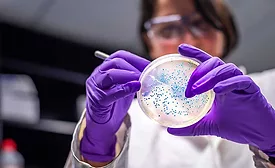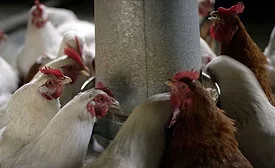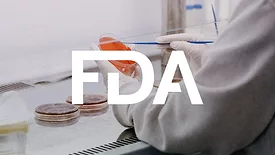Testing & Analysis
Rapid Testing Methods—The Future
Most companies no longer have a microbiology lab or pathogen analysis capabilities, which will change the types of rapid test methods that will be in demand in the future
April 12, 2024
Review and Update of Methods for Metals Analysis in Foods
Metals detection at low concentration in food can be challenging from an analytical perspective and requires suitable guidance in terms of the instrumentation used and methodological approaches
Eve Kroukamp Ph.D.
Christopher J. Smith Ph.D.
Kevin Kubachka Ph.D.
Stéphane Dubascoux Ph.D.
Erik Konings Ph.D.
April 12, 2024
Improved Sampling and Testing are Foundational to Poultry Safety
To what extent does poultry contribute to cases of salmonellosis, both directly and indirectly, and is there more the industry can do to protect public health?
April 9, 2024
Never miss the latest news and trends driving the food safety industry
eNewsletter | Website | eMagazine
JOIN TODAY!Copyright ©2025. All Rights Reserved BNP Media.
Design, CMS, Hosting & Web Development :: ePublishing













